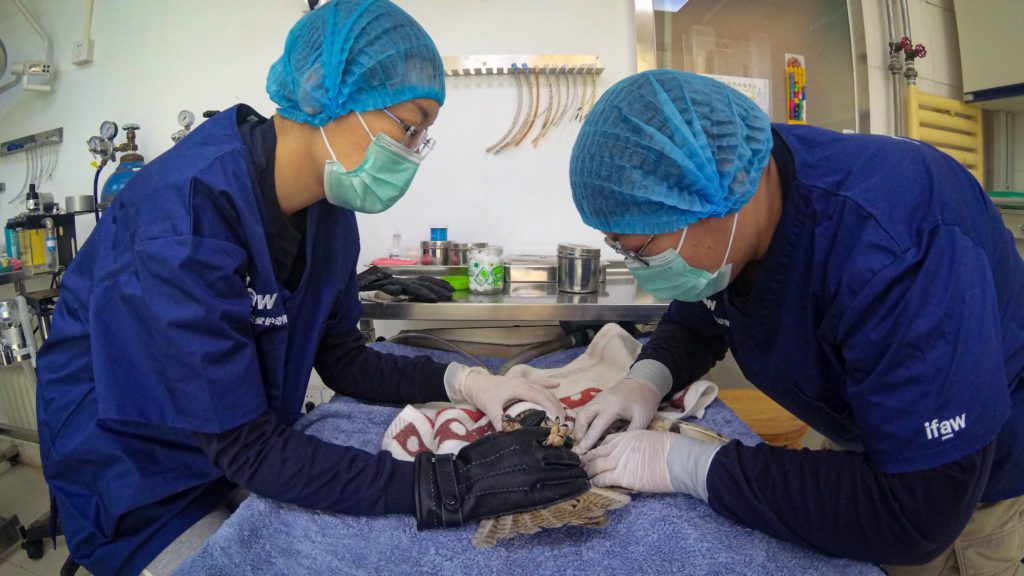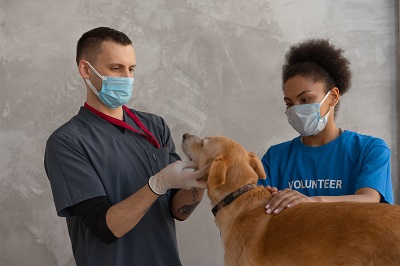- Home
- Library
- Business & Finance
- Is Pet Ins...
Is Pet Insurance Worth the Cost? A Helpful Guide to Decide
By Catalog Editor Staff
Bringing a pet into your home is like adopting a child. Although you don’t need to worry about expenses like school and clothing, there are still costs to consider. Most owners have budgeted for basic care, but what about those unforeseen events that threaten the wellbeing of your fur child? Is pet insurance worth the cost?
Illness, accidents, and old age can throw the most prepared pet owner through a loop. From medications to specialist visits and unforeseen treatment requirements, medical costs can quickly spiral, draining savings and putting financial strain on a household. In 2019, a breakdown of pet owners’ spending found that veterinary services were the third-highest expense.
Pet Insurance offers relief from these costs and can be a saving grace not just for your pocket but for the welfare of your pet as well.
What is Pet Insurance?

Pet insurance deals with the medical aspect of pet ownership, but it is not your typical healthcare plan. Pet insurance policies follow a similar structure to household insurance, working primarily on a claim and reimbursement system.
Before you continue reading about the Is Pet Insurance Worth the Cost? A Helpful Guide to Decide there is a special announcement we would like to share with you. Catalogs.com has negotiated special medicare rates for our vibrant community of seniors. If you are over the age of 60, you can head over to our Seniors Health Section which is full of information about medicare. All you need is your zip code and a few minutes of your time to potentially save 100s of dollars on your medicare bills.
While pet insurance companies are unlikely to cover pre-existing conditions, most will cover unexpected illnesses and conditions, including the parvovirus, which can be life-threatening without treatment.
How Pet Insurance Works?
Pet insurance plans work around deductibles, reimbursement rates, premiums, co-payments, and limits. The first step is understanding the terminology:
- Premium:
The fixed amount you pay to keep your policy open, regardless of claims made.
- Deductible:
The amount you are responsible for paying toward your benefit. Your deductible is a fixed amount and, once this amount is maxed, your reimbursement plan will take effect to cover additional costs. The deductible does not get refunded.
- Co-payment:
The co-payment is your portion of the fee for particular services. This does not get reimbursed and is payable at the time of services rendered.
- Reimbursement Rate:
The percentage of the total cost of the bill that the insurer will refund. Once you have paid your vet’s bills the insurance company will reimburse you for a percentage of the total cost, depending on the reimbursement rate in your policy.
- Limit:
The total fixed amount available for reimbursement, as laid out in your policy. Once you reach the limit, all further costs revert to you. Some pet insurance companies may have a fixed annual limit, where others have a per-incident cap.
Let’s say you have pet insurance for dogs. One day, your dogs get overly excited while playing, and one of them gets hurt. Your plan includes unexpected injuries and accidents, but what next? You need to ask yourself, Is pet insurance worth the cost?

Choose Your Own Vet
Most pet insurance companies allow you to choose your vet who is required to be licensed. So the first step will be scheduling an appointment with your pet’s vet. Once the vet has assisted, the process will be;
- Pay your vet directly for any services and medication rendered
- Submit the claim with your insurer, including any paperwork as required, such as the veterinary bill;
- Your insurer may request additional paperwork, such as x-rays, so be sure to keep a complete medical history on file.
- Once you have submitted the claim, your insurer will begin the reimbursement process, which can take up to 10 days;
- This is usually between 70% and 100%, as per your policy.
- This does not include co-pays or deductibles.
- This does not include costs not covered in your policy.
What Pet Insurance Covers?
The cost for pet insurance typically includes unexpected accidents, injuries, illnesses, surgery, and emergency exam fees. Medication and tests may be covered as well.
How Much Is Pet Insurance?
The premium is the primary cost for pet insurance, but it is vital for you to consider the deductible, reimbursement rate, co-pay, and limit when comparing pet insurance quotes.
Factors that may influence your pet insurance cost include your pet’s species, breed, gender and age.
Tips On Choosing a Pet Insurance Company
Before comparing pet insurance companies, take your time to familiarize yourself with the terminology mentioned above. Once you have a firm grasp of the lingo, you can effectively compare pet insurance quotes to find a plan that works for you. Ask friends and family about their experiences, or go online to read customer reviews.
Keep in mind there is no perfect coverage, but you will find the coverage that works best for you along with the additional benefits they offer. Some pet insurance companies may cover more urgent expenses like hereditary and congenital conditions, with a few benefits relating to regular care. Wagmo’s Pet Wellness plan offers cover on things typically excluded from traditional insurance policies, such as grooming, vaccines, and regular office visits.
Is Pet Insurance Worth The Money?

The short answer is yes. Pet insurance is a great safety net while there is no way of preventing accidents or illness. With pet insurance, pre-existing conditions are not covered, so it is recommended to sign up for pet insurance as soon as possible to ensure your pet will always be covered for unforeseen events.
Popular Savings Offers
While it is true that you may never make a claim, it is only a small price to pay for the alternative. Many companies, like Wagmo, also include end-of-life care in their plans, which offers relief during an emotionally trying time. So is pet insurance worth it? We believe so.

.jpg)






.jpg)

